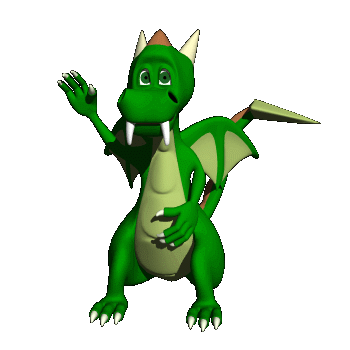
Dragons

A dragon is a large, serpent-like legendary creature that appears in the folklore of many cultures around the world. Beliefs about dragons vary drastically by region, but dragons in western cultures since the High Middle Ages have often been depicted as winged, horned, four-legged, and capable of breathing fire.

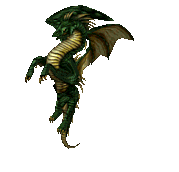
Dragons in eastern cultures are usually depicted as wingless, four-legged, serpentine creatures with above-average intelligence.
The earliest attested dragons resemble giant snakes. Dragon-like creatures are first described in the mythologies of the ancient Near East and appear in ancient Mesopotamian art and literature. Stories about storm-gods slaying giant serpents occur throughout nearly all Indo-European and Near Eastern mythologies. Famous prototypical dragons include the mušḫuššu of ancient Mesopotamia, Apep in Egyptian mythology, Vṛtra in the Rigveda, the Leviathan in the Hebrew Bible, Python, Ladon, and the Lernaean Hydra in Greek mythology, Jörmungandr, Níðhöggr, and Fafnir in Norse mythology, and the dragon from Beowulf.


Fifteenth-century manuscript illustration of the battle of the Red and White Dragons from Geoffrey of Monmouth's History of the Kings of Britain

Illustration of a winged, fire-breathing dragon by Friedrich Justin Bertuch from 1806
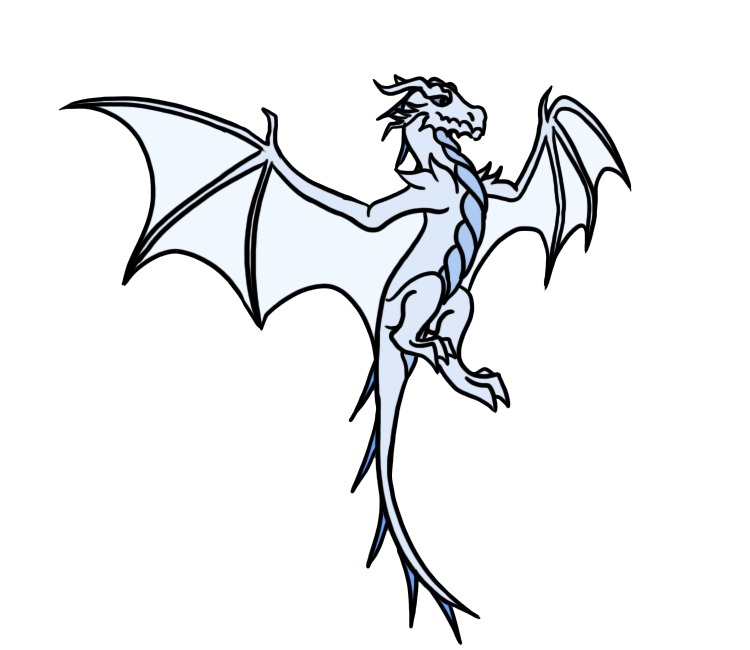
Heading 1
The popular western image of a dragon as winged, four-legged, and capable of breathing fire is an invention of the High Middle Ages based on a conflation of earlier dragons from different traditions. In western cultures, dragons are portrayed as monsters to be tamed or overcome, usually by saints or culture heroes, as in the popular legend of Saint George and the Dragon. They are often said to have ravenous appetites and to live in caves, where they hoard treasure. These dragons appear frequently in western fantasy literature
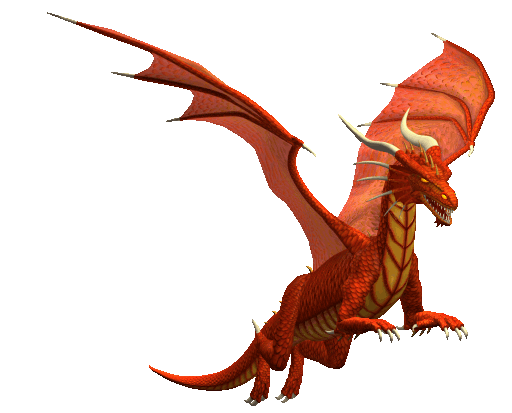
The oldest recognizable image of a fully modern, western dragon appears in a hand-painted illustration from the bestiary MS Harley 3244, which was produced in around 1260 AD.
The dragon in the illustration has two sets of wings and its tail is longer than most modern depictions of dragons but it clearly displays many of the same distinctive features.

MS Harley 3244, a medieval bestiary dated to around 1260 AD, contains the oldest recognizable image of a fully modern, western dragon.

Manuscript illustration from Verona of Saint George slaying the dragon, dating to c. 1270
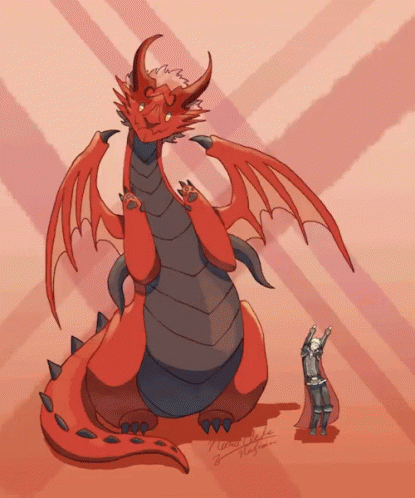
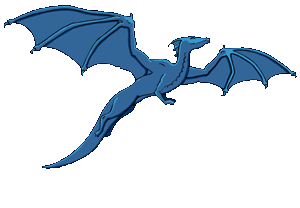
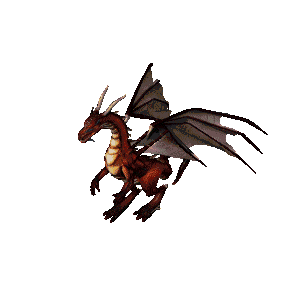
Dragons are generally depicted as living in rivers or having an underground lair or cave.
They are envisioned as greedy and gluttonous, with voracious appetites.
They are often identified with Satan, due to the references to Satan as a "dragon" in the Book of Revelation.
The thirteenth-century Golden Legend, written in Latin, records the story of Saint Margaret of Antioch a virgin martyr who, after being tortured for her faith in the Diocletianic Persecution and thrown back into her cell, is said to have been confronted by a monstrous dragon
but she made the sign of the cross and the dragon vanished.In some versions of the story, she is actually swallowed by the dragon alive and, after making the sign of the cross in the dragon's stomach, emerges unharmed.
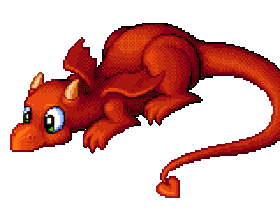
Manuscript illustration from Verona of Saint George slaying the dragon, dating to c. 1270
The legend of Saint George and the Dragon may be referenced as early as the sixth century AD but the earliest artistic
representations
of it come from
the eleventh
century and the first full account of it comes from an eleventh century Georgian text.
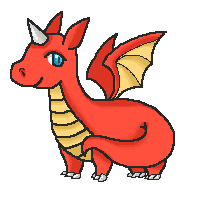
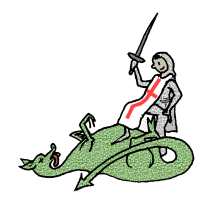
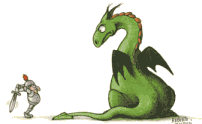


William Morris Gallery
Saint George and the Dragon

St. George killing the dragon for cutting plotter.
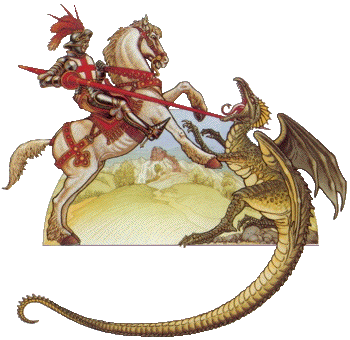
The most famous version of the story from the Golden Legend holds that a dragon kept pillaging the sheep of the town of Silenein Libya.
After it ate a young shepherd, the people were forced to placate it by leaving two sheep as sacrificial offerings every morning beside the lake where the dragon lived. Eventually, the dragon ate all of the sheep and the people were forced to start offering it their own children.[101] One day, the king's own daughter came up in the lottery and, despite the king's pleas for her life, she was dressed as a bride and chained to a rock beside the lake to be eaten.
Then, Saint George arrived and saw the princess.
When the dragon arrived to eat her, he stabbed it with his lance and subdued it by making the sign of the cross and tying the princess's girdle around its neck.
Saint George and the princess led the now-docile dragon into the town and George promised to kill it if the townspeople would convert to Christianity.All the townspeople converted and Saint George killed the dragon with his sword.
In some versions, Saint George marries the princess but in others he continues wandering.
